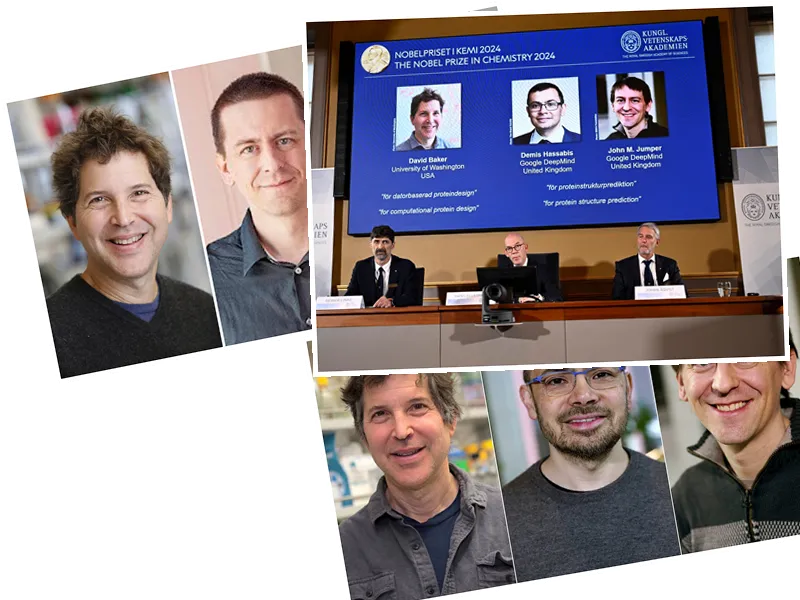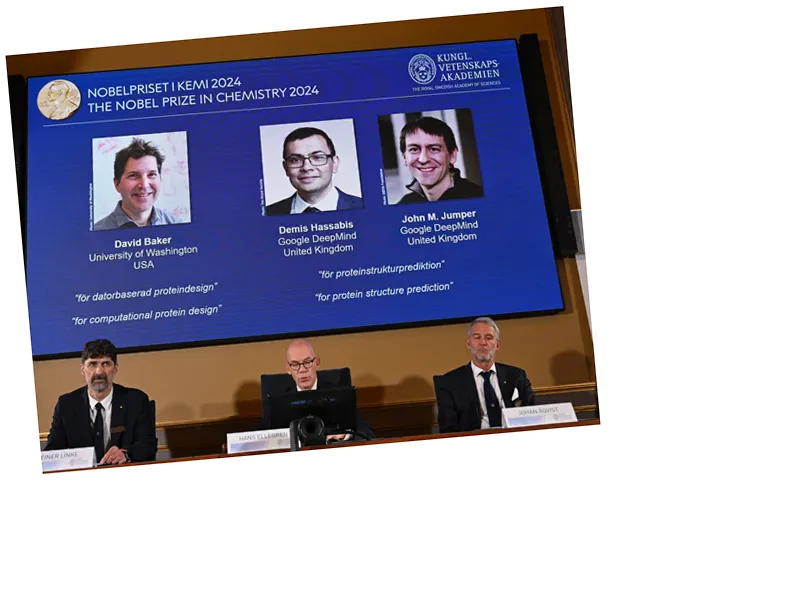Revolutionary Discovery in Wound Healing
Researchers at Rutgers University in New Jersey have made a groundbreaking discovery regarding wound healing, revealing that a protein produced by parasitic worms can significantly expedite the healing process in mice. This protein, known as TGM, not only accelerates wound closure but also enhances skin regeneration while minimizing scar tissue formation. The study, led by William C. Goss, director of the Center for Immunity and Inflammation, was published in the journal Live Science Alliance on August 23.
The research demonstrates that daily application of TGM to skin wounds in mice resulted in remarkable healing outcomes. Mice treated with TGM showed the ability to regenerate hair follicles in the injured area, a feat not observed in untreated counterparts. The mechanism behind this regenerative effect involves TGM binding to the TGF-B receptor, a signaling protein present on various cell types, including immune cells. This binding appears to stimulate the recruitment of macrophages, immune cells crucial for wound healing, and reprograms them to promote tissue regeneration instead of scarring.
Implications for Human Medicine
The implications of this research extend beyond mice, as the potential for TGM to enhance wound healing in humans is now being explored. The traditional approach to wound care often leads to scar tissue formation, which can be both physically and emotionally distressing for individuals. By harnessing the regenerative properties of TGM, there is hope for developing new treatments that prioritize healing without scarring.
Goss emphasizes the significance of this discovery, stating, "In this study, we have developed a novel treatment for skin wounds that favors regenerative wound healing over tissue fibrosis and scarring." As further research unfolds, TGM could pave the way for innovative therapies that transform how we approach wound care, making it a vital area of study for future medical advancements.
- The wound healing process is complex and involves three overlapping phases: inflammation, proliferation, and maturation. During the inflammatory phase, various immune cells are quickly recruited to the injury site. The proliferation phase sees the activation of cells that cover the wound, while the maturation phase focuses on the differentiation and deposition of the extracellular matrix. The balance between effective healing and scarring is crucial, and researchers are keen on discovering ways to enhance immune cell activity that promotes regeneration. The findings from Rutgers University add a promising avenue to this ongoing research, suggesting that parasitic proteins may hold the key to improving healing outcomes.






